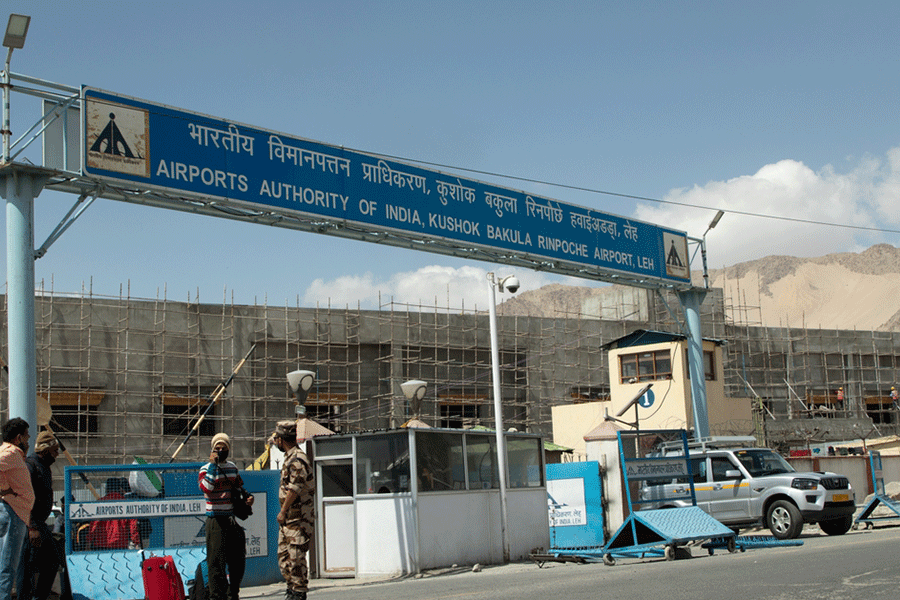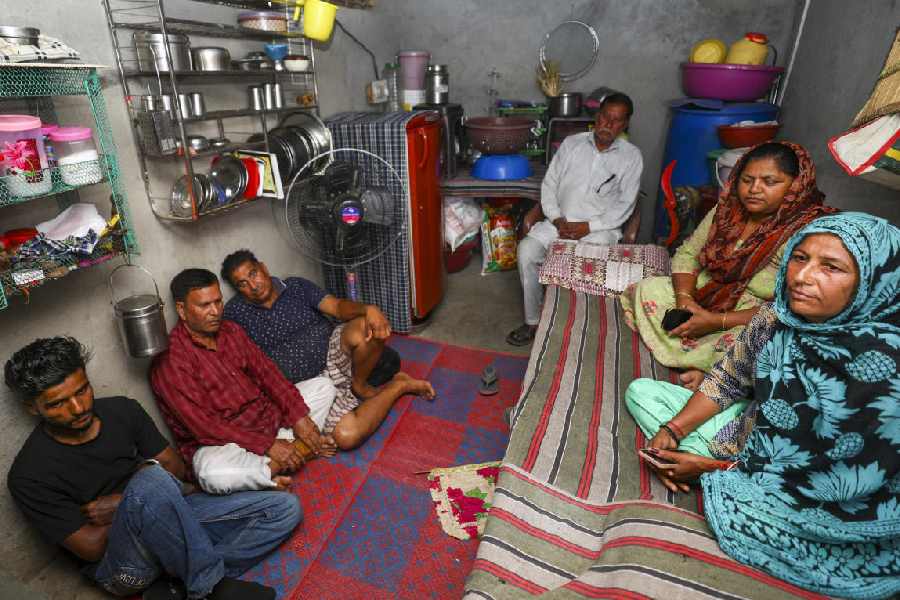 |
Bhubaneswar, Aug. 7: The monsoon has brought with it a flood of diseases triggering all round concern as dengue and jaundice cases are being reported with increasing frequency.
The twin cities of Cuttack and Bhubaneswar have already reported two suspected dengue deaths while there was another casualty in Balangir. Experts say stale rainwater, unplanned growth and poor hygiene, besides factors such as climate change are responsible for the outbreak of these diseases.
Piles of used solid waste, in the form of coconut shells, plastic cups and used tyres have also contributed in a big way to the spread of diseases.
“The Angul-Talcher belt has reported 24 cases of dengue. Rapid industrialisation coupled with uneven rainfall due to the effects of climate change could be another reason for the spread of the diseases. Had it rained continuously, water would not have stagnated and mosquitoes would not have been able to breed. We have to go to the root cause and fight the disease. Also, only concentrating on the Angul-Talcher belt is not a good idea. We must monitor samples from all the districts,’’ said S.K. Kar, director, Regional Medical Research Centre (RMRC).
Last year, scientists at the RMRC had detected the strain II of the dengue virus in Malkangiri district. In fact, there are four strains of dengue virus — I, II, III and IV.
“But, if there is spread of dengue virus of only one strain in the state, the spread is easy to tackle. However, if one of the strains gets mixed up with the others, then it could result in the dengue haemorrhagic fever and might cause an epidemic. Blood samples are yet to reach the RMRC. Once it reaches the institute, the situation could be assessed,” he said.
However, stating that there was no reason to panic, state nodal officer for malaria, Madan Mohan Pradhan said that dengue victims might have a history of travel. Besides, rapid changes in the profile of the Angul-Talcher belt might also have a lot to do with the spread of such diseases.
“With communication facilities becoming easier than before, people are travelling faster. Hence, if a person, who has been to the industrial belt, is bitten by an Aedes mosquito, he/she would become a carrier. If the carrier person visits Bhubaneswar or Cuttack and the local Aedes mosquito (without dengue virus) bites the carrier, then the virus can even spread locally. However, to stop the population of mosquitoes, we can go for simple cleaning drives by ensuring a clean surrounding without stagnant water,” Pradhan added.
“Normal dengue infection stays for four to five days and might be associated with vomiting and joint pain. There could also be rashes on the skin. However, in exceptional cases, it could require platelets as the platelet counts go down to 70,000 to 80,000, whereas it should be 1.5 lakh in the body of a normal person,” Pradhan added.
Although malaria cases are yet to be reported in Bhubaneswar, such cases have already been reported from other parts of the state.
“Malaria patients generally come here during winter. But it is difficult to know the area and people affected as Capital Hospital caters to patients from Khurda, Nayagarh, Puri and Cuttack districts,” said deputy chief medical officer S.N. Swain of Capital Hospital in Bhubaneswar.
Even the state-level data till June 2010 shows there were 96 deaths due to malaria, whereas this year it is 30 as of now.
“In fact, in case of malaria, the trend is quite strange as the pattern of the disease keeps changing each year,” said an official of the state nodal centre for malaria.
Advocating a strict ‘no’ to roadside eateries selling pani puri and dahi vada, the RMRC director said: “As the vendors usually do not change the water in case of pani puri on a day-to-day basis, there is always a chance of getting typhoid through it. Stale curd could also be a cause of serious infection as there is chance of ample growth of harmful bacteria. In monsoon, food should not be preserved for long. One should also avoid taking outside food and stick to homemade items.”
Capital Hospital has been witnessing a flood of cold and fever related cases with around 500 patients turning up last week. Two other leading private hospitals in the city that generally cater to tertiary healthcare are also getting a lot of patients with common viral fever and some complicated cases where diagnosis is still not clear.
Jaundice is also spreading through intake of contaminated food and water.










